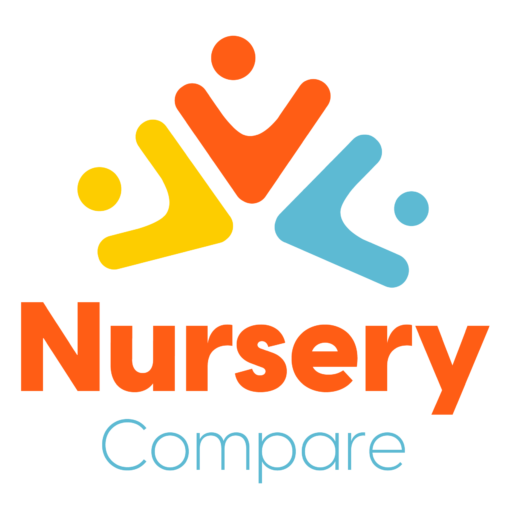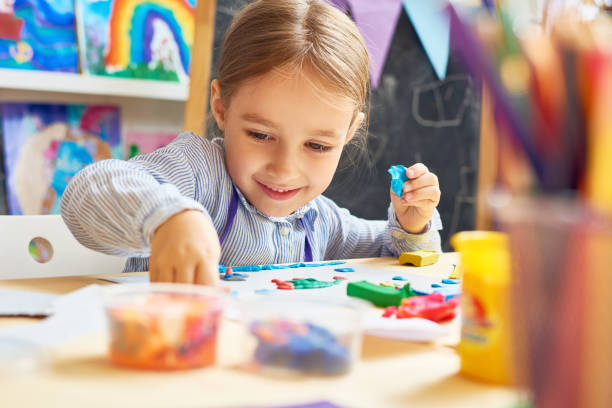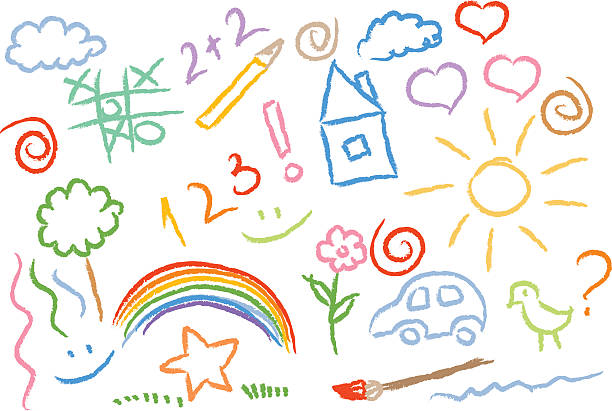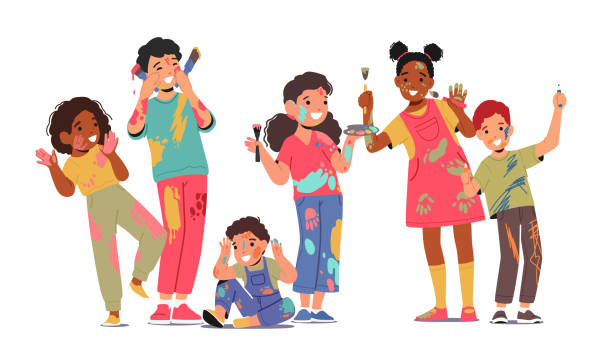
Art in Early Childhood Development: Essential Tips for New Parents

Introduction: The Power of Art in Early Childhood Development
As a new parent, you want to give your child the best possible start in life, nurturing their growth and development every step of the way. One powerful tool in your parenting toolkit is art in early childhood development. Engaging your child in artistic activities like drawing, painting, or playing with clay isn’t just about keeping them entertained—it’s about fostering their creativity, improving their communication skills, and supporting their emotional well-being.
This article will explore the importance of art in early childhood development and provide you with practical tips and advice to help you confidently incorporate art into your child’s daily routine.

Why Art is Crucial in Early Childhood Development
Art plays a vital role in early childhood development for several reasons. When children engage in art, they express themselves creatively, which is crucial for their cognitive, emotional, and social growth. Art allows children to communicate their thoughts and feelings in ways that words might not yet be able to, helping them process emotions and experiences.
Cognitive Development Through Art
Art activities help children develop important cognitive skills. When a child draws a picture, they plan, problem-solve, and make decisions—skills that are foundational for later academic success. For instance, deciding which color to use or how to represent a specific object on paper encourages critical thinking.
Emotional Growth and Expression

Art provides a safe space for children to express their emotions. Whether they’re happy, sad, excited, or frustrated, art allows them to channel these feelings into something tangible. This emotional outlet is especially important for young children who may not yet have the vocabulary to express complex emotions.
Social and Communication Skills
Creating art is often a social activity, whether it’s drawing with a parent or working on a group project at daycare. Through these interactions, children learn to share, cooperate, and communicate with others. Art in early childhood development also helps children build self-esteem as they receive praise and encouragement for their creations.
Practical Tips for Incorporating Art into Your Child’s Life
Incorporating art in early childhood development into your child’s daily routine doesn’t have to be complicated or expensive. Here are some practical tips to help you get started:
1. Create an Art-Friendly Space at Home
Designate a small area in your home where your child can freely explore their creativity. This doesn’t need to be a separate room—just a table or corner with easy-to-clean surfaces and accessible art supplies will do. Stock the area with basics like crayons, markers, paper, and clay.
Checklist:
- Choose a location that’s easy to clean.
- Provide a variety of safe, age-appropriate art supplies.
- Display their artwork to show appreciation and encouragement.
2. Encourage Free Expression
Allow your child to create freely without worrying about the end result. Art in early childhood development is about the process, not the product. Encourage your child to explore different materials and techniques, whether it’s finger painting, collaging, or simply scribbling.
3. Incorporate Art into Daily Activities
Integrate art into your child’s daily routine by tying it into other activities. For example, after reading a story, ask your child to draw their favorite part. During a nature walk, collect leaves and sticks to use in a craft project. This not only reinforces the day’s learning but also makes art a regular and natural part of their life.
Reminder: Look for opportunities to link art with other learning experiences, such as drawing numbers, shapes, or letters.
4. Keep It Simple and Fun
You don’t need elaborate projects to make art meaningful. Simple activities like drawing with crayons or playing with playdough can be incredibly beneficial. The key is to make art enjoyable and pressure-free.
Checklist:
- Keep a range of simple supplies like crayons, chalk, and paper on hand.
- Rotate materials to keep your child interested and engaged.
- Allow your child to lead the activity, choosing what they want to create.
5. Use Art to Explore Emotions
If your child is feeling particularly upset or frustrated, suggest an art activity that might help them express those emotions. For instance, drawing or painting their feelings can be a powerful way to release and understand them.
6. Celebrate Their Creations
Always celebrate your child’s artwork, no matter how abstract or simple it might seem. Display their art at home or share it with family members. This not only boosts their self-confidence but also shows that you value their creativity.
Reminder: Praise effort over outcome to encourage perseverance and creativity.
The Role of Parents in Supporting Art in Early Childhood Development
As a parent, your role in supporting art in early childhood development is crucial. By providing the right environment, materials, and encouragement, you can help your child reap the full benefits of artistic expression.

Be a Role Model
Show your child that you value art by participating in creative activities yourself. Draw or paint alongside them, or simply admire art together. Your enthusiasm will be contagious and inspire your child to explore their creativity.
Encourage Curiosity and Exploration
Don’t be afraid to try new things with your child. Introduce them to different types of art, whether it’s visiting a museum, exploring digital art tools, or experimenting with new materials. The more diverse their artistic experiences, the richer their development will be.
Balance Guidance with Freedom
While it’s important to guide your child and introduce them to new concepts, it’s equally important to allow them the freedom to explore and create on their own terms. Avoid correcting their artwork or imposing your ideas—let them take the lead and discover their artistic voice.
Conclusion: Embracing the Joy of Art in Early Childhood Development
Art in early childhood development is more than just a fun activity—it’s a powerful tool for fostering creativity, emotional expression, and cognitive growth. By incorporating art into your child’s life, you are helping them develop essential skills that will serve them throughout their life.
As a new parent, remember that the goal isn’t to create a masterpiece, but to provide opportunities for your child to explore, express, and enjoy. With the tips and advice shared in this article, you are well-equipped to support your child’s artistic journey, helping them grow into a confident, creative, and emotionally intelligent individual.
Checklist:
- Create an art-friendly space.
- Encourage free expression.
- Incorporate art into daily activities.
- Keep it simple and fun.
- Use art to explore emotions.
- Celebrate their creations.
- Be a role model and encourage exploration.
By embracing the joy of art in early childhood development, you are laying the foundation for a lifetime of creativity and learning. So gather those crayons, paints, and paper, and get ready to watch your child’s imagination soar!
Thank you for taking the time to read our article on Art in Early Childhood Development! To explore more tips and insights on nurturing your child’s growth, be sure to visit our website at nurserycompare.com.
Read Also: Encouraging Independence in Children: Understanding Child Independence Milestones